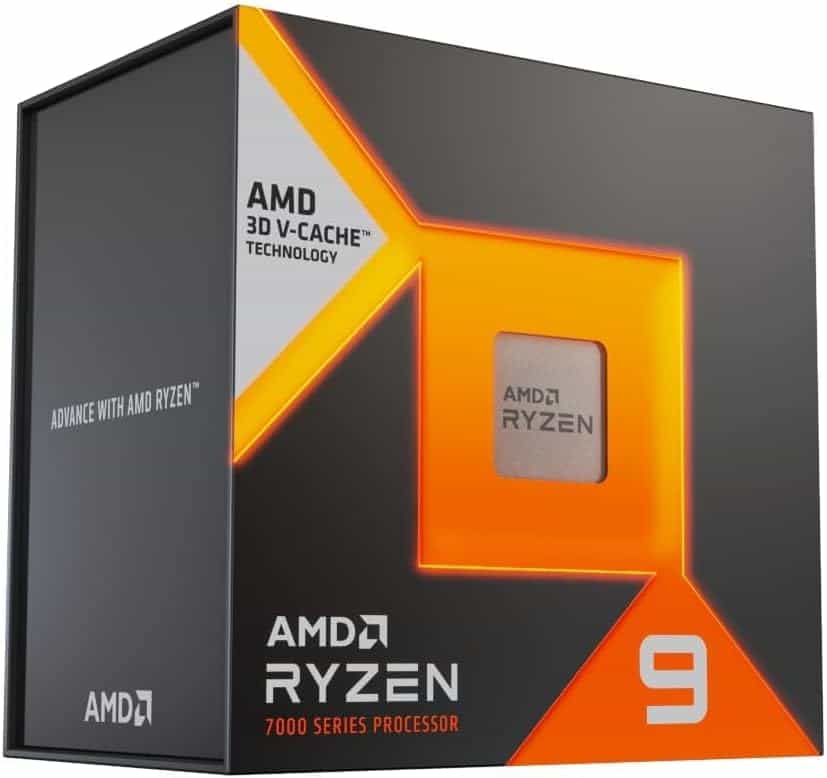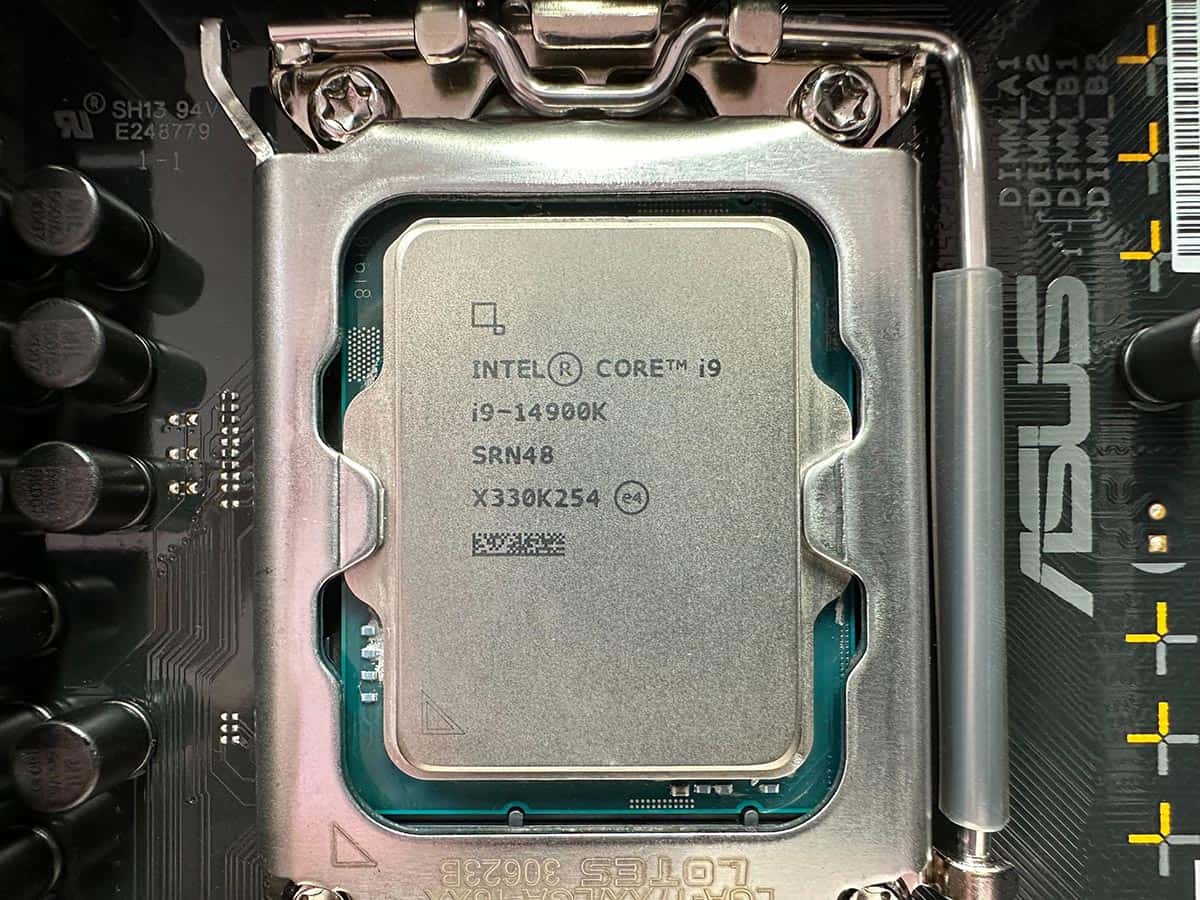Ryzen 9 9950X vs Ryzen 9 9900X: what difference does the 50 make?
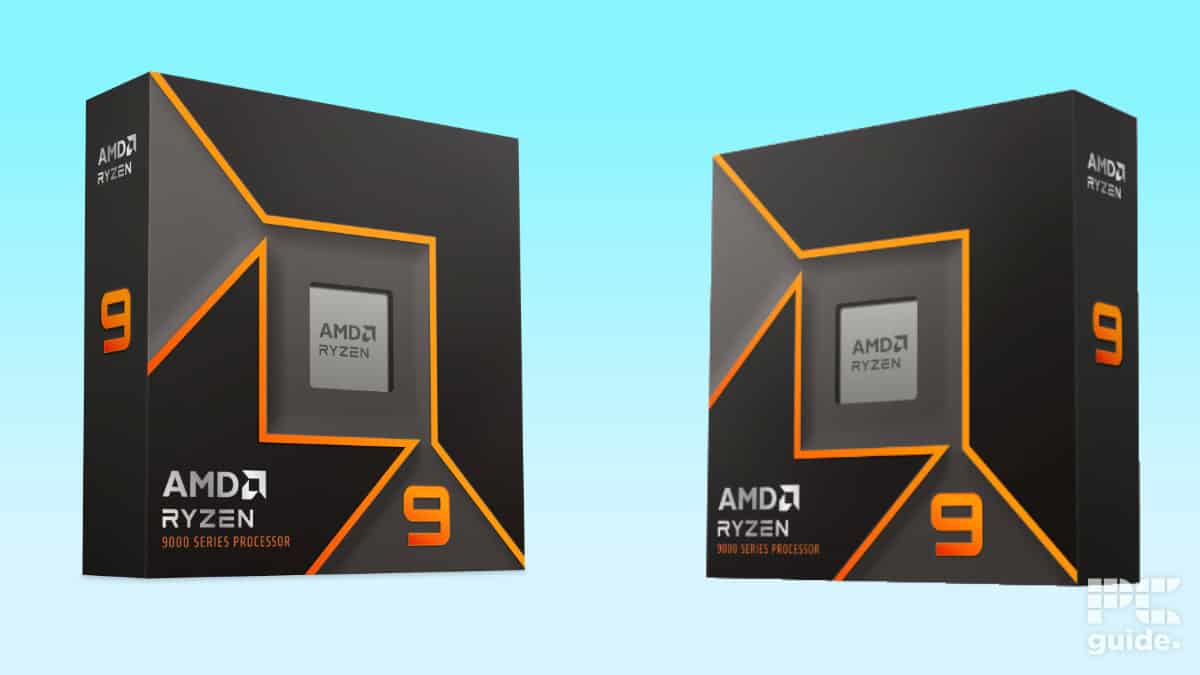
Table of Contents
In keeping with its promise of AM5 longevity, AMD’s processor generation is expanding. With the Ryzen 9 9950X and Ryzen 9 9900X both delayed until the 15th of August, it gives everyone more time to decide which CPU is right for them.
We’re expecting to get a whole bunch of improvements over the first gen on the platform with the Ryzen 7000, not including the Ryzen 8000G series. So now we look to the differences between some of them and compare the Ryzen 9 9950x vs 9900X, seeing what the extra 50 in the name actually provides.
Prime Day is finally here! Find all the biggest tech and PC deals below.
- Sapphire 11348-03-20G Pulse AMD Radeon™ RX 9070 XT Was $779 Now $739
- AMD Ryzen 7 7800X3D 8-Core, 16-Thread Desktop Processor Was $449 Now $341
- ASUS RTX™ 5060 OC Edition Graphics Card Was $379 Now $339
- LG 77-Inch Class OLED evo AI 4K C5 Series Smart TV Was $3,696 Now $2,796
- Intel® Core™ i7-14700K New Gaming Desktop Was $320.99 Now $274
- Lexar 2TB NM1090 w/HeatSink SSD PCIe Gen5x4 NVMe M.2 Was $281.97 Now $214.98
- Apple Watch Series 10 GPS + Cellular 42mm case Smartwatch Was $499.99 Now $379.99
- ASUS ROG Strix G16 (2025) 16" FHD, RTX 5060 gaming laptop Was $1,499.99 Now $1,274.99
- Apple iPad mini (A17 Pro): Apple Intelligence Was $499.99 Now $379.99
*Prices and savings subject to change. Click through to get the current prices.
AMD Ryzen 9 9950X
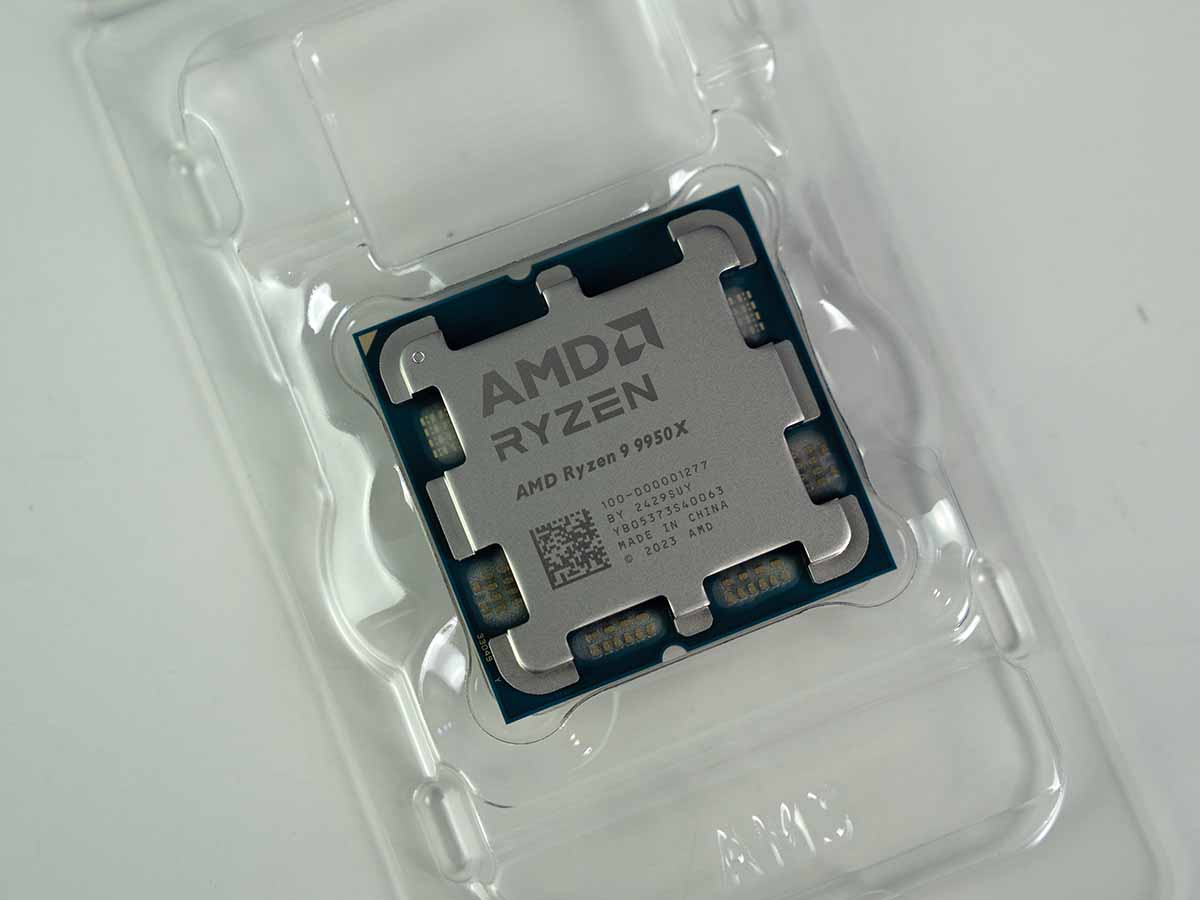
Cores
16
Threads
32
Boost clock speed
5.7 GHz
Base clock speed
4.3 GHz
L3 Cache
64 MB
TDP
170 W
Platform
AMD Socket AM5
Shop on Amazon
CHECK PRICEAMD Ryzen 9 9900X
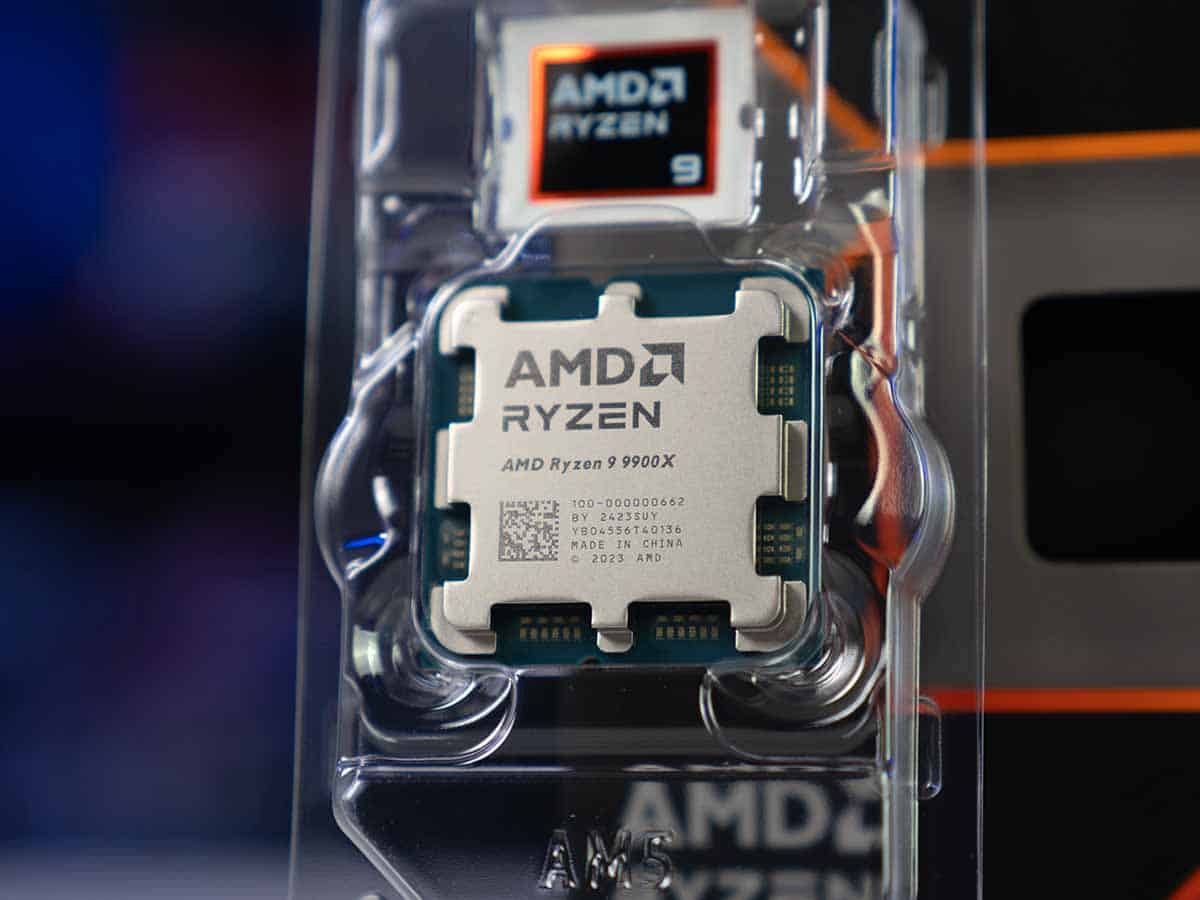
Cores
12
Threads
24
Boost clock speed
5.6 GHz
Base clock speed
4.4 GHz
L3 Cache
64 MB
TDP
120 W
Platform
AMD Socket AM5
Shop on Amazon
CHECK PRICESpec differences
Firstly all the differences stem from the specification of the processors. These are going to be the best CPUs initially upon release of the generation as they are the flagship models. Although there is no 100-point difference in their name, but rather just a 50, it is not as great as the other models in the release but does still come with some major changes.
| Specification | Ryzen 9 9950X | Ryzen 9 9900X |
|---|---|---|
| Platform/Architecture | AM5/Zen 5 | AM5/Zen 5 |
| Process | TSMC 4&6nm FinFET | TSMC 4&6nm FinFET |
| Cores/Threads | 16/32 | 12/24 |
| Base/Boost Frequency | 4.3/5.7GHz | 4.4/5.6GHz |
| Integrated Graphics | Radeon 2 Cores at 2200MHz | Radeon 2 Cores at 2200MHz |
| PCIe Version | Gen 5 | Gen 5 |
| Cache | 1MB L1, 16MB L2, 64MB L3 | 768KB L1, 12MB L2, 64MB L3 |
| TDP | 170W | 120W |

Foundations and cores
Being in the same generation, they are based on the same architecture and process. They are based on Zen 5 and change up the processor technology behind it. Shrinking down the processor tech to TSMC’s 4nm for the CPU cores and having 6nm for its I/O die. That means that the transistors inside of it are smaller and so can fit in more on the same area and enjoy lower temperatures and better efficiency.
As for the cores and threads the two processors do in fact change it up. The 9950X has 16 cores and 32 threads, whilst the 9900X in comparison only has 12 cores and 24 threads. Increasing both by 33% offers a more significant uplift if you have tasks that can use more cores and threads.
Clock rates
Now onto how fast the cores are running, they influence how good the CPU is and the performance it provides. The flagship 9000 series, they’re very close to each other. As the 9950X opts for a 0.1GHz lower base clock but ups the boost by 0.1MHz as well over the 9900X. Although that’s the single-core max achievable and can vary on many factors, including the overclocking on the CPU, so there’s not a significant difference between the two.
Cache and TDP
Another big difference between the two is the cache and TDP. Firstly, the cache, allows the CPU to store the most necessary info on board to reduce the time and energy to access it. On the 9950X that is increased by 30%-33% in L1 and L2 cache as the L3 stays the same. That allows the flagship access to more info and should give it a better performance with all that extra storage even if it’s not too much especially as it’s nothing like the AMD X3D CPUs and their mammoth cache.
All that extra does slowly add up for the 9950X in terms of power requirements. The Thermal Design Power (TDP) is 50W higher and would run a bit more power from your PSU. That can also lead to a higher heat output as well that has the potential to need some better CPU coolers.
Graphics
On these new processors on AM5, AMD has in fact included them all around, as it was previously just reserved for the G series processors. Both of them now will feature Radeon graphics with 2 cores and running at 2,200MHz. Now don’t expect standard graphics card performance but it does offer basic visuals and light gaming, as it can run Esports games at least 60FPS with low settings but it’s something. We can expect similar for Zen 5 although RDNA 4 could make an early showing with this before the full GPU release.
Potential pricing of the 9950X and 9900X
Currently, the new CPUs have not had their pricing released. So we look back to see what kind of pricing we might expect from the upgrade as well as seeing what the competition from Intel does.
- 7950X – $699
- 7900X – $549
- 5950X – $799
- 5900X – $549
- 14900KS – $689
- 14900K – $589
- 13900KS -$699
- 13900K – $589
With these, we might see the prices stay static, although we don’t know yet what Intel Arrow Lake-S pricing will be like, we see what both its and AMDs history has been like. Seeing as it dropped the 14900KS already to be more competitive, AMD could drop the 9950X’s price by maybe $30 to $50 but with recent 14th and 13th Gen crashing more users might be swayed to AMD anyway so it might not see the competition and keep it the same or even increase it. So we might see the 7950X between $679-750.
As for the 9900X, the previous generations have kept the price the same at $549 so it’s highly likely that it’ll stay the same. Especially as Intel’s 14th and 13th Gen 900Ks were still $40 above that, so it’s a good value option in comparison to that, and likely no need to change the price.
Changes from Zen 4
This move up from Zen 4 to 5 might just be a small iteration. Looking at the official specs we can see the 9000 vs 7000 differences. That starts off with the process used in the CPU cores, as it now utilizes TSMCs 4 nm instead of 5nm process. Offering up a better base spec and efficiency over the previous gen. However, the core clocks and core arrangement look to be staying the same. However, the 9900X does manage to drop the TDP from the 7900X.
The new generation also comes with a new range of chipsets as well. The 600 series motherboards will still be supported, but now an additional 800 series will come alongside the processors. So far the X870 release has been announced and can obviously support the previous gen but does provide some new features too like upping the supported memory capacity to 192GB from 128GB and the official memory speed (not including overclock).
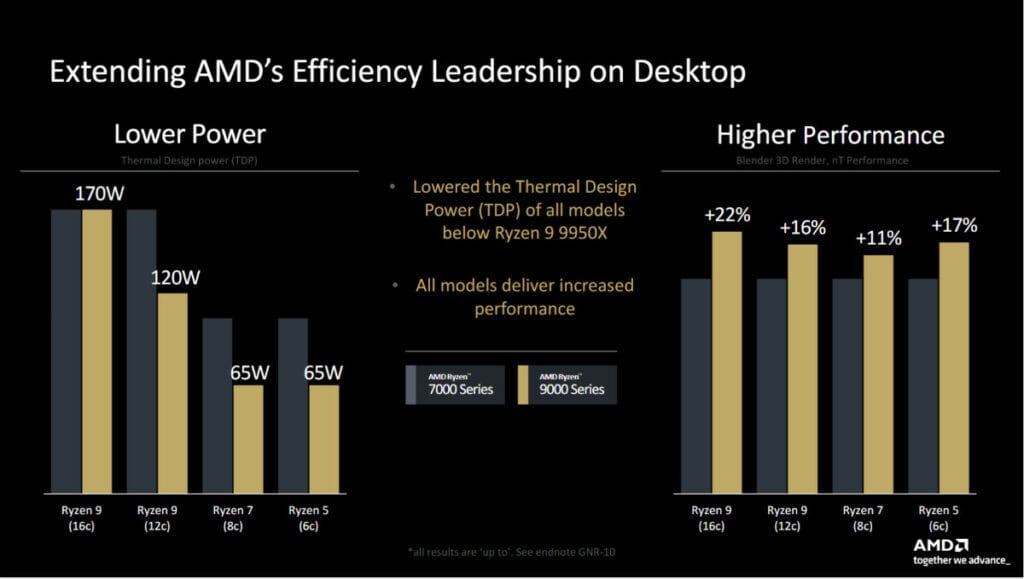
AMDs latest announcement also shows a general uplift in Zen 5 performance as well. Comparing the relative Ryzen 9 models to the previous gen we see a general uplift in performance. For the 9950X that comes at 22% but stays at the same 170W power, whereas the 9900X gets 16% higher but with a much lower TDP showing a better power efficiency in general.
Why choose the 9950X over the 9900X?
The only real benefit of the 9950X is the extra CPU cores and threads, and they come with the cost of increased power needs, and a likely higher cost. These will be useful to those running multiple loads and running tasks capable of utilizing them. Gaming and the sorts won’t have a use for that many, so there’s no need for all the extra, whilst rendering and compiling will have a use for all the extra cores.
So if you’re doing more than gaming and browsing, including intensive work then you could see a benefit from the extra cores and threads. As the higher cost of electricity and buying, then there’s no need to go for the higher option. Especially as the 50W might just push you to have to consider better cooling solutions too, so for just gaming and such it might not be worth it for you.
Alternatives to the 9950X and 9900X
As the top end of the 9000 series, any alternatives you look to should also be the flagships. That’s why looking at the Intel Core i9-14900K review, and Ryzen 9 7950X3D review, we would recommend choosing those as well. The Intel pick is the latest option before the Core Ultra release. Whilst the AMD one offers the highest option in the Ryzen generation it seems the next-gen X3D is being held back a bit as it might be a bit too popular as the non-X3D options seem to fall behind in popularity.
-
-
Intel Core i9-14900K
- Cores: 24 (8P-16E)
- Threads: 32
- Boost speed: P-Core 5.6GHz / E-Core 4.4GHz
- Base speed: P-Core 3.2GHz / E-Core 2.4GHz
- L3 cache: 36 MB
- TDP: 125 W



